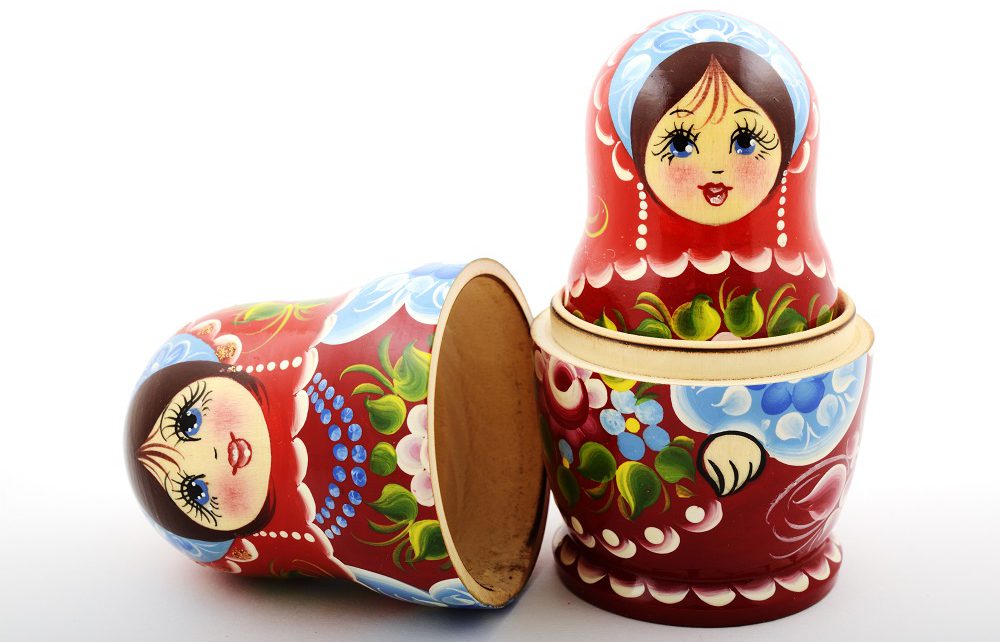
Double stimulation: is it possible to recover more oocytes in patients with low ovarian reserve?
The double ovarian stimulation or DuoStim is an ovarian stimulation protocol in which two stimulations and two oocyte collections are performed during a single menstrual cycle (approximately 28 days). It consists of first stimulation in the follicular phase and a second stimulation in the luteal phase.
Índice
In what cases is DuoStim indicated?
The patients who benefit most from performing the double stimulation are those who, after an initial stimulation in the follicular phase, do not obtain an optimum number of oocytes. Therefore, it would be especially indicated in patients with:
- Low ovarian response (less than 5 oocytes recovered)
- Sub-optimal response to stimulation (5-9 oocytes recovered)
- With some other poor prognostic factor such as age over 38 or failure of previous treatments
- It could also be a strategy to consider in patients who have little time to perform treatment, such as cancer patients pending to start chemotherapy. In these cases, it is always important to have an approval of the oncologist.
What does DuoStim in the same cycle consist of?
The first ovarian stimulation is started during the first days of the menstrual cycle (so called, follicular phase stimulation). After about ten days of treatment with gonadotropins, the first oocyte retrieval procedure is performed. On the same day, the recovered mature oocytes are vitrified.
Between 2 and 5 days after the retrieval, the second ovarian stimulation is started (luteal phase stimulation). After another ten to twelve days of treatment, the second procedure retrieval is performed. On that day we can group freshly recovered oocytes with these obtained upon the first stimulation and fertilize all of them by means of sperm microinjection (ICSI)
What advantages does DuoStim carry?
At Instituto Bernabeu we have carried out two studies, based on 69 and 194 patients who underwent double ovarian stimulation treatment at our centre. In both studies it has been shown that during the second part of the stimulation a greater number of oocytes are recovered, as well as a greater rate of blastocyst formation is obtained.
The results of both studies were presented at two main congresses of Reproductive Medicine: ESHRE 2019 and SEF 2020.
Similarly, it was found that the duration of luteal phase stimulation is longer than stimulation carried out during the follicular phase, leading to a higher consumption of medication. However, this results in a higher number of recovered oocytes.
Does DuoStim have any associated risks?
There is currently no scientific evidence that would show that the double ovarian stimulation protocol increases the risk of complications such as thrombotic events or gynaecological cancer in low-risk patients.
Conclusions
The double ovarian stimulation or DuoStim is a safe and widely used strategy in the daily clinical practice at Instituto Bernabeu at our Low Ovarian Response Treatment Unit. Since the second stimulation has shown better results and helps us to invest less time, it is a particularly useful protocol in patients with low ovarian reserve. This way we can optimize the possibilities of achieving the much desired pregnancy.
MORE RELATED INFORMATION
- Poor ovarian responders treatment unit
- Accumulation of oocytes in patients with a low response
- New advances for the treatment of patients with “Low Ovarian Response
- Progress in treatment for patients with poor ovarian response
- What is the Ovarian Reserve? How important is it for fertility?
- Anti-Müllerian Hormone (AMH): Know the Age of your Ovaries
- Premature Ovarian Failure, Can I be a mother? Causes, symptoms, diagnosis, treatment and prevention
- Genetics in premature ovarian failure and menopause
- Poor Ovarian Response: progress in genetics
Dra. Cristina García-Ajofrín ginecóloga del Instituto Bernabeu
